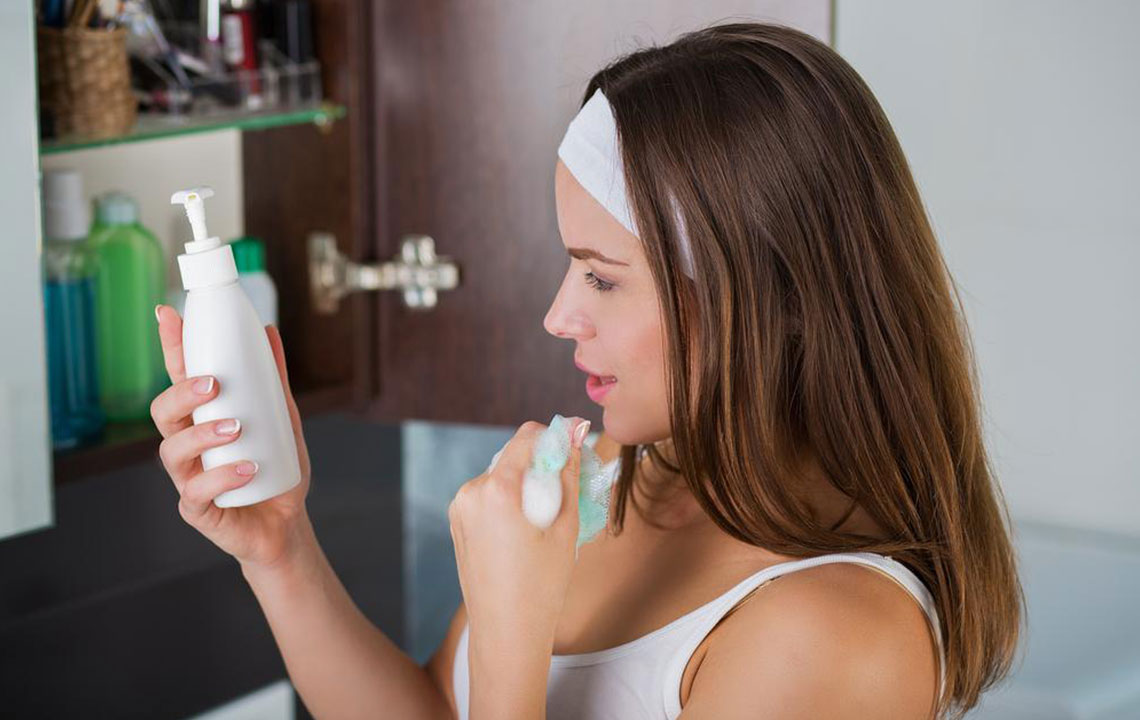5 Useful Tips for Treating Acne

Dealing with acne can be incredibly frustrating as it can severely affect your facial skin’s health. However, acne is a widespread condition and almost everyone at least once in their life has dealt with it. There are many reasons as to why you could be getting acne on your skin. Read on to know more about acne, its causes, how to treat it and put an end to your woes.
What causes acne?
Narrowing down the source is not easy, as many factors cause acne. A few of them are:
- The most common cause is an excessive accumulation of oil in your glands, which in turn clogs your pores and causes acne. Sebaceous glands are the powerhouse of oil production. If you haven’t been keeping your face clean, these pores will get clogged, because your glands continue secreting oil.
- Stress can cause acne too. When stressed, your hormonal levels get disrupted. This can cause you to have breakouts. Lack of sleep is another common cause of acne.
- Some people tend to get acne during or around their menstrual period. This is because there are a lot of hormonal changes during menstruation.
- Using too much cosmetics on your skin, especially ones that are greasy, can clog your pores and cause acne. Also, using a product that is not meant for your skin type can lead to acne. People with an oily skin type have to use products that are meant for oily skin. The same goes for individuals who have dry or combination type of skin.
- Sometimes, a few medications come with side effects, possibly acne can be one of them. Drugs that contain lithium and androgen especially are known to cause acne. If you happen to take birth control pills regularly, then you might experience acne, as they interfere with your natural hormonal levels.
- Eating a lot of junk food and meals comprise oily and greasy recipes can cause you to have acne. All these foods stimulate the production of sebum in your sebaceous glands.
- Not exfoliating often will lead to the accumulation of oil and your skin might become a breeding ground for bacteria. Making sure that you exfoliate regularly can help remove dry skin and dead skin cells and pave the way for new skin cells by unclogging your pores.
How to treat acne with help of home remedies?
If you’ve been suffering from acne for a while, then you’ve probably spent a lot of money trying expensive products that swear to work wonders. However, if they haven’t accomplished what they have promised, don’t worry, you can try a few simple home remedies mentioned below.
- Apple cider vinegar
ACV is one of the best remedies to treat acne. It can help kill the bacteria on your skin and prevent the onset of acne in the long run. The chemical composition of apple cider vinegar balances the pH level of your skin in a way that makes it hard for bacteria to survive. It also works as an astringent, which means that it can remove and dry up excess oil on your skin and clean your pores. - Lemon juice
Lemon juice is another excellent remedy for treating acne. It works as an exfoliant and removes all the dead skin cells and excess oil that are trapped in your pores. Like apple cider vinegar, lime juice works as an astringent too. Lemon juice also works as a skin whitener, so any blemish that the acne causes can be treated with it. Vitamin C in lemons is highly beneficial for your skin. Just make sure you rinse your face thoroughly after you apply it, as exposure to the sun after this can make your skin sensitive. - Papaya
A lot of face products contain papaya, and there’s a good reason for it. It can help extract all the excess oil and cleanse your pores. It also eliminates the dead skin cells so that your skin looks more lively and supple. Papain, an enzyme found in papayas can soothe the area around the acne and lessen any inflammation. - Exfoliate regularly
When you exfoliate your skin, you remove dead skin cells, unclog pores, and help improve blood circulation. You can use natural ingredients like sugar and honey scrub or baking soda to exfoliate your skin. Do this once or twice a week, and you will see positive results. - Masks
Make your own face masks at home. Whip up a paste of bananas or orange peel. Apply this on your face for about 30 minutes before removing it and wash your face. The nutrients in the mask can help hydrate your skin and keep it soft and glowing.
Acne is a common problem that a lot of people face. Eating right, getting an adequate amount of sleep, and keeping yourself hydrated can help keep your skin healthy. If your acne seems to be getting worse, consult a dermatologist.


